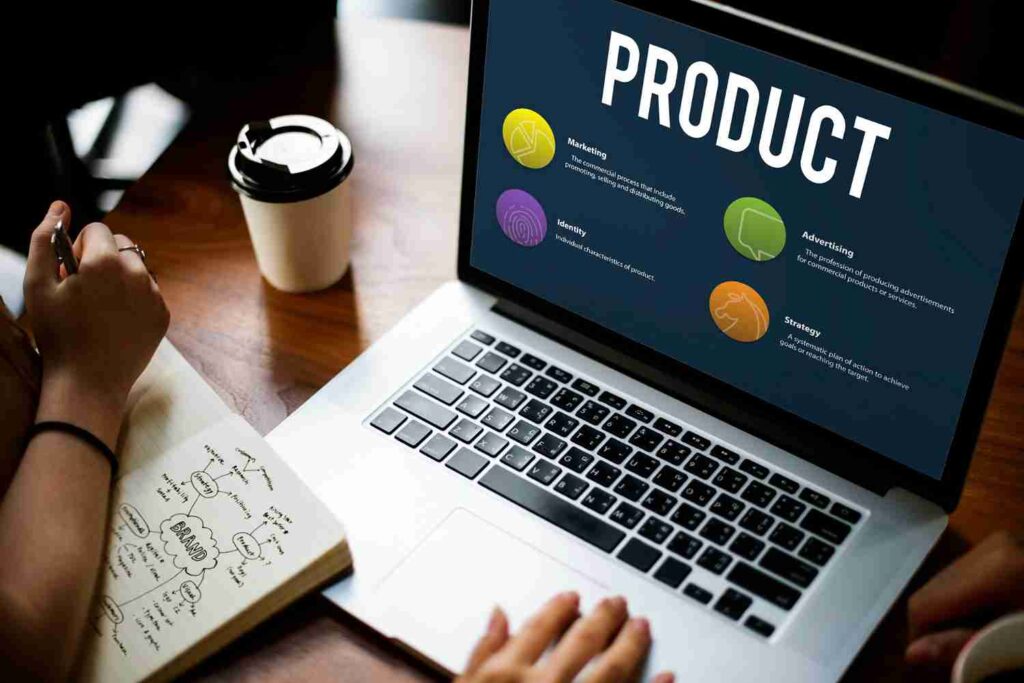Product Design and Development Process & Solutions
Offshore and onshore product development is an important part of web development firms in India. At IT Chimes we take care that the product development that happens for our clients is given at most importance. We provide comprehensive, qualitative and affordable ERP, entreprise portal solution & CRM solutions to our clients who wish to launch new products, which are related to either the existing business processes or something they would like to venture out as new business prospects. Most of the business now days need marketing, strategy and product development be done in IT and the web aggressively. The world has come closer because of the internet and at IT Chimes we know how to be the facilitator and make sure your domain and market needs are meet.
Product development needs a specific kind of engineering and manufacturing to have it be worked with business logic for IT, web and internet based products. IT Chimes has delivered a process based on the specific requirements, market and budget. We provided thoughts, strategy and plan on how to approach your product development. We also make sure that the budgets are fulfilled and if the scope is bigger we would be the ones to analyze and suggest the needful based on your requirement on IT and the web.

Some of Product Development Benefits Our Clients
- Our offshore services provide a dramatic difference in costs as compared to you getting your products designed and developed elsewhere.
- You gain access to our solid infrastructure and vast resources in terms of technology, talent and dedicated teams
- Testing, marketing, and maintenance services for products we deliver
- 24 X 7 help and support to our clients should the need arise
Benefits To Our Clients Through Our Product Development
- Reduces cost of product development dramatically by using our offshore services.
- Allow our clients to use our extensive infrastructure and advanced technology solutions.
- Our dedicated team provides you with complete flexibility and control on the product architecture to use our resources as per your requirement.
- Our commitment to our client’s intellectual property protection and project information confidentiality.
- Our Outsource Product Development services provide faster turnaround out time for your projects.
- We provide quality testing, maintenance service and 24 X 7 support for all your software needs.
Frequently Asked Questions
The key stages of product development typically include:
- Ideation and Concept Development: Generating ideas and defining the product concept.
- Market Research: Analyzing market needs, competition, and customer preferences.
- Design and Prototyping: Creating detailed designs and developing prototypes.
- Testing and Validation: Testing the product for functionality, safety, and market fit.
- Production and Launch: Manufacturing the product and launching it in the market.
- Post-Launch Evaluation: Monitoring product performance and gathering customer feedback for improvements.
Best practices include thorough market research, clear goal setting, cross-functional collaboration, iterative prototyping, regular testing, and customer feedback integration. Emphasizing agile development, efficient project management, and continuous improvement also lead to successful outcomes.
Customer needs can be identified through various methods such as surveys, focus groups, interviews, market analysis, customer feedback, and social media listening. Observing user behavior and conducting usability testing can also provide valuable insights into customer preferences and pain points.
Product development focuses on the creation and improvement of products, involving the design, engineering, and manufacturing aspects. Product management, on the other hand, oversees the entire product lifecycle, including strategy, market positioning, pricing, and customer experience, ensuring the product meets business goals and market demands.
Agile methodology enhances product development by promoting flexibility, iterative progress, and collaboration. It allows teams to respond to changes quickly, continuously test and refine the product, and involve stakeholders throughout the process, resulting in faster delivery and improved product quality.
Common challenges include managing timelines and budgets, ensuring product-market fit, technical feasibility, cross-team communication, adapting to market changes, and addressing unforeseen issues during testing and production phases.
Prototyping is crucial as it allows teams to visualize, test, and refine the product concept before full-scale production. It helps identify design flaws, assess functionality, gather user feedback, and reduce development risks and costs by resolving issues early.
Success can be measured through various metrics such as market adoption, customer satisfaction, sales performance, return on investment (ROI), product usage data, and feedback on user experience. Monitoring these indicators helps determine if the product meets its objectives and market expectations.
